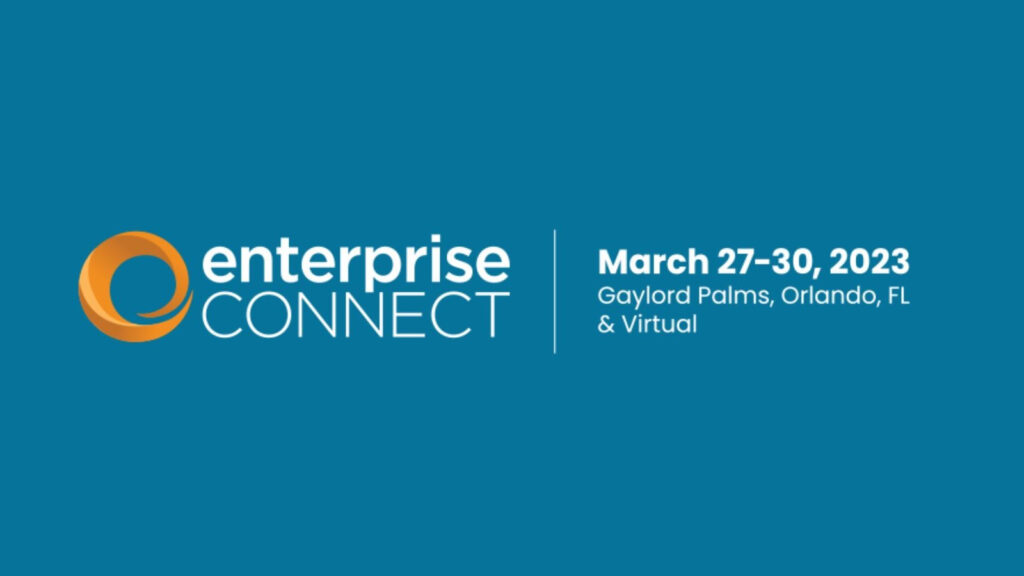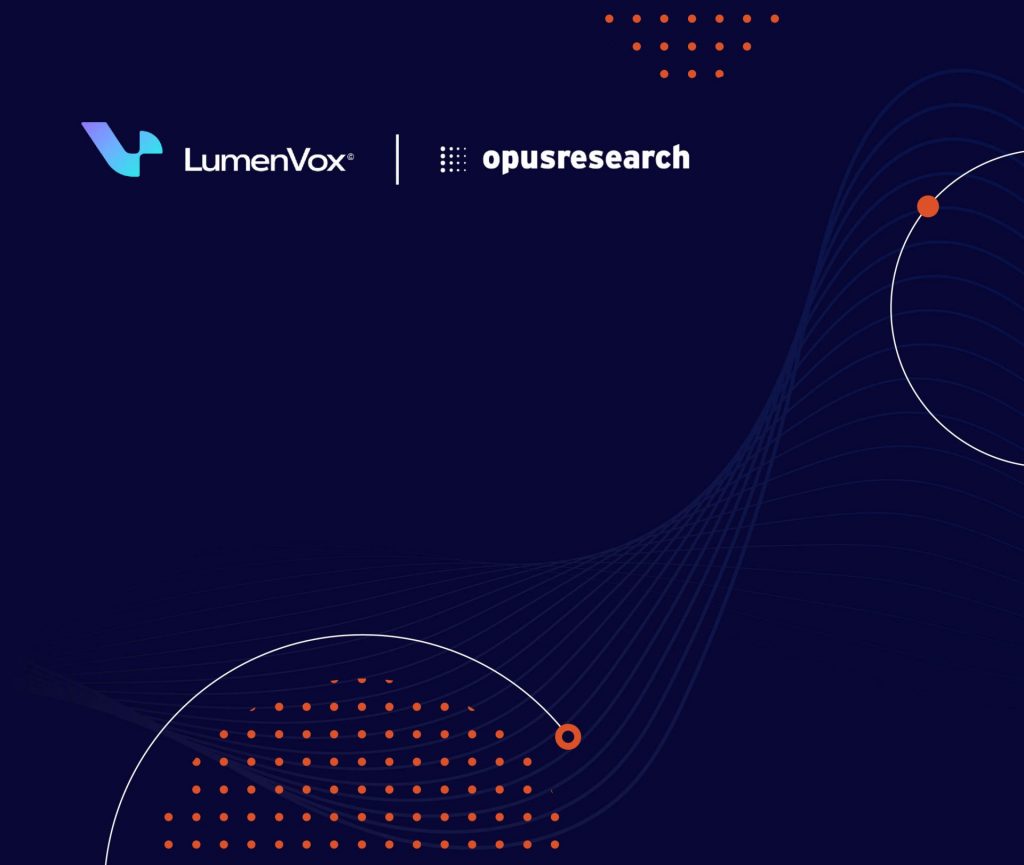Originally published on vmblog.com, authored by Joe Hagan, LumenVox Chief Product Officer
A growing number of cloud-based companies are seeking voice-enabled tools to improve customer communications. To help elevate customer experience and accelerate time to market, Everything-as-a-Service (XaaS) providers are increasingly installing best-of-breed technologies as native components.
Some of the more integral of these components are voice and speech technologies. Businesses integrate speech software into workflows to allow for significant flexibility while delivering a compelling ROI.
As XaaS providers continue to integrate these key components natively, they are hastening the death of “black box” solutions.
Below are insights into XaaS, why it’s taking center stage, and how the use of it will deliver competitive advantages.
What is XaaS?
Defined as Everything-as-a-Service, XaaS encompasses an array of software products, tools, and technologies provided as cloud- or network-based services. Enterprises often choose XaaS to better manage costs and simplify IT deployments.
Subscribing to cloud services from XaaS providers, an organization can replace expensive in-house IT infrastructure – fewer servers, CPUs, network switches, and licensed-based software deployment – with state-of-the-art, always-on technologies. XaaS frees up IT staff to focus on more important projects for the company.
XaaS Takes Center Stage
Historically, black box tech solutions were used to fill gaps in business functions or to provide new, single-threaded capabilities. XaaS providers deliver the same functional capability through simple, intuitive cloud-based services. XaaS removes the burden of managing the integrations, upgrades, and system compatibilities of a wide variety of applications.
XaaS providers give enterprises best-of-breed technology in the form of value-added capabilities that easily enhance and expand core offerings. XaaS enables multiple services that enterprises use to drive down costs and drive up incremental revenue.
XaaS In Action
XaaS providers are displacing black box solutions by installing partner technology native to their cloud-hosting environments.
Take Twilio and LumenVox for example. Twilio, a company providing programmable communication tools and other communication functions through its web-service APIs, will use LumenVox’s software to provide its customers with voice-enabled experiences. With LumenVox’s speech-enabling technologies, Twilio can make customer-agent interactions streamlined, secure and self-serviced, integrated as its own.
Gaining a Competitive Edge with XaaS
The COVID-19 pandemic underscored a pivotal point in the transition from traditional IT to XaaS. More enterprises need solutions that benefit a remote workforce. With no end in sight to the work-from-home trend, businesses will continue to rely upon XaaS services.
Consider Deloitte’s Study, “Gaining and sustaining a competitive edge with cloud and as-a-service IT,” which reported that six of 10 XaaS adopters feel they are “gaining some competitive edge through their use of XaaS.” Adopters say that XaaS has played a vital role in innovation and the reinvention of business processes and has changed the way they sell to customers.
As organizations adopt XaaS, it’s vital for them to pinpoint areas where they can provide the most value. It is also essential for enterprises to identify the right XaaS providers. They should look for XaaS partners that deliver reliability and performance, offer integration with other XaaS solutions, help optimize efficiencies, and provide strong data security and privacy safeguards.
Moving Forward
Over the next few years, enterprises will continue to shift their IT to XaaS for increased efficiency. And in a quest for growth, XaaS providers will offer more service-based solutions. XaaS providers will need to find additional ways to differentiate themselves from competitors. As they do, they will deliver a death blow to the “black box” solution approach.





